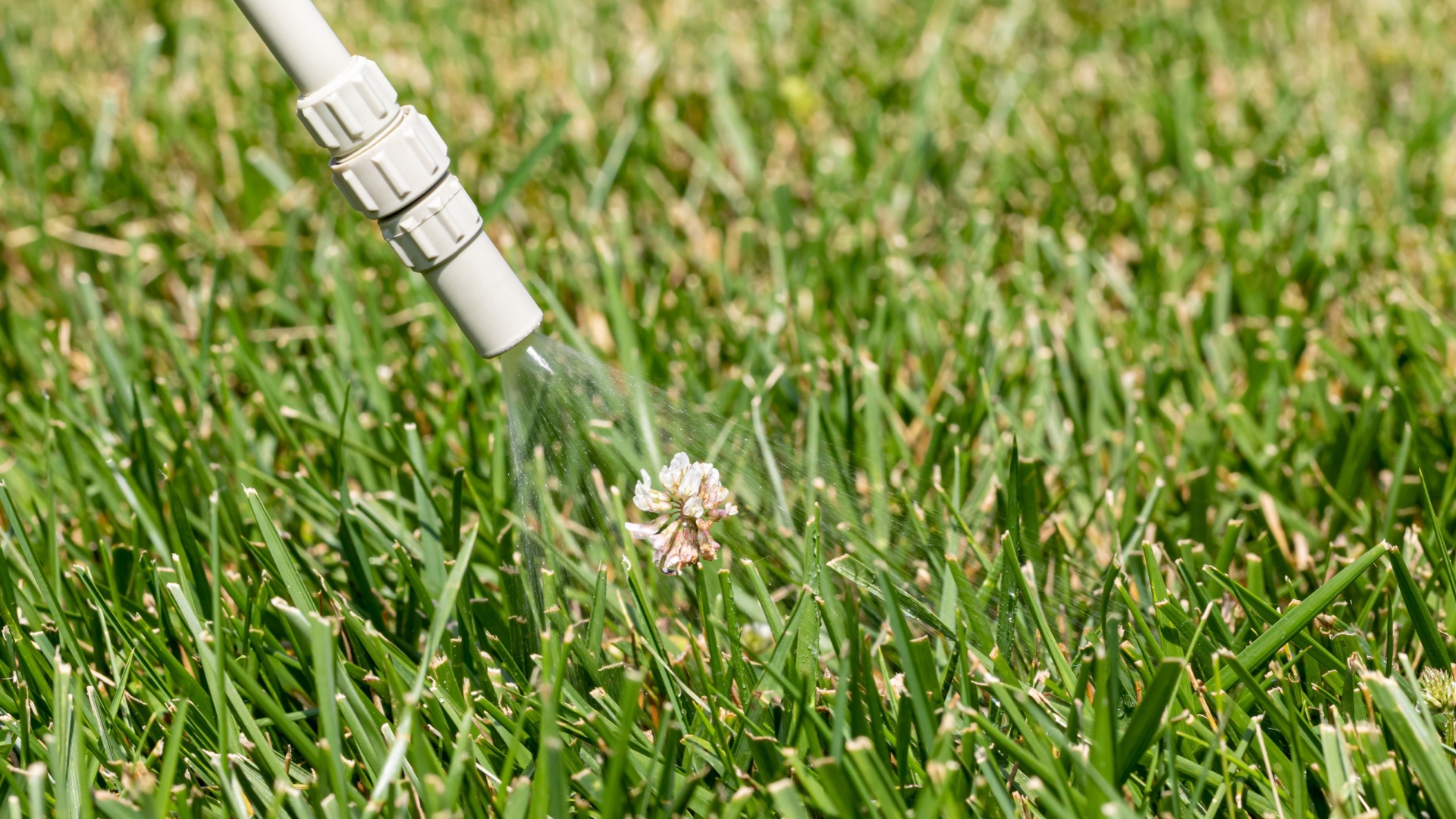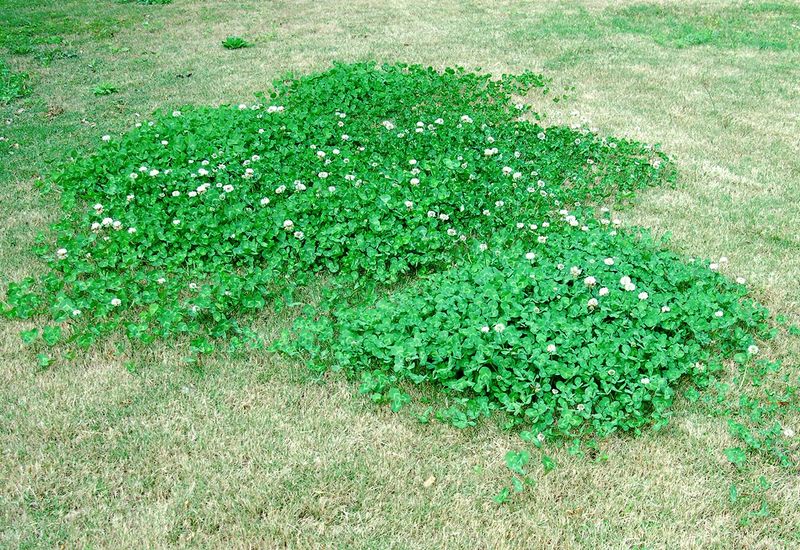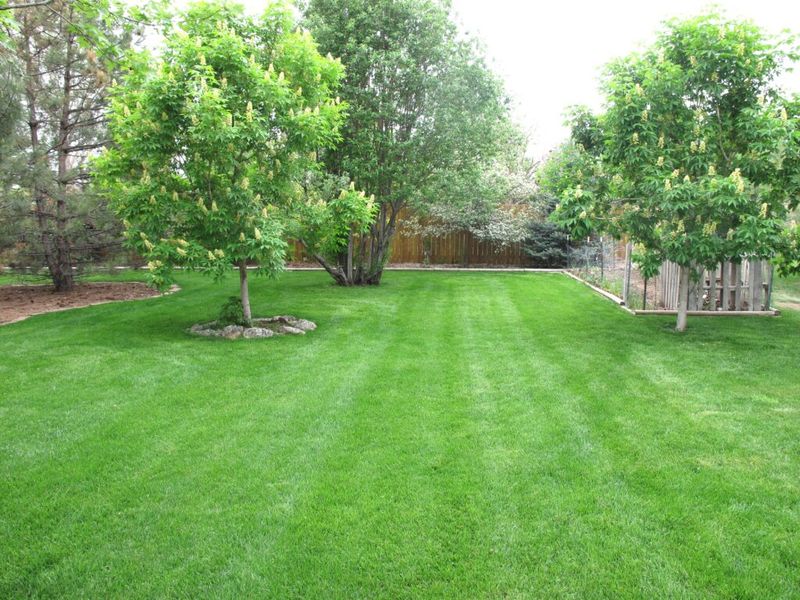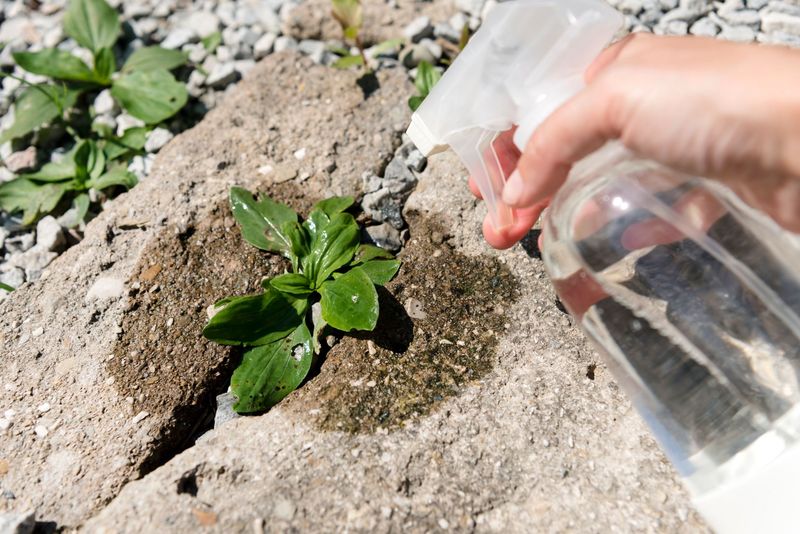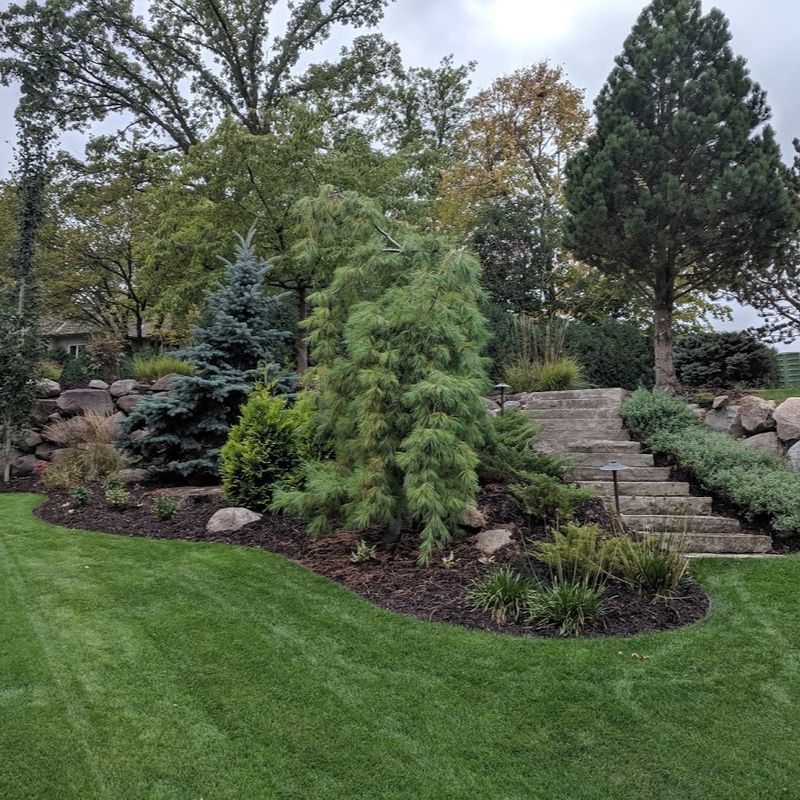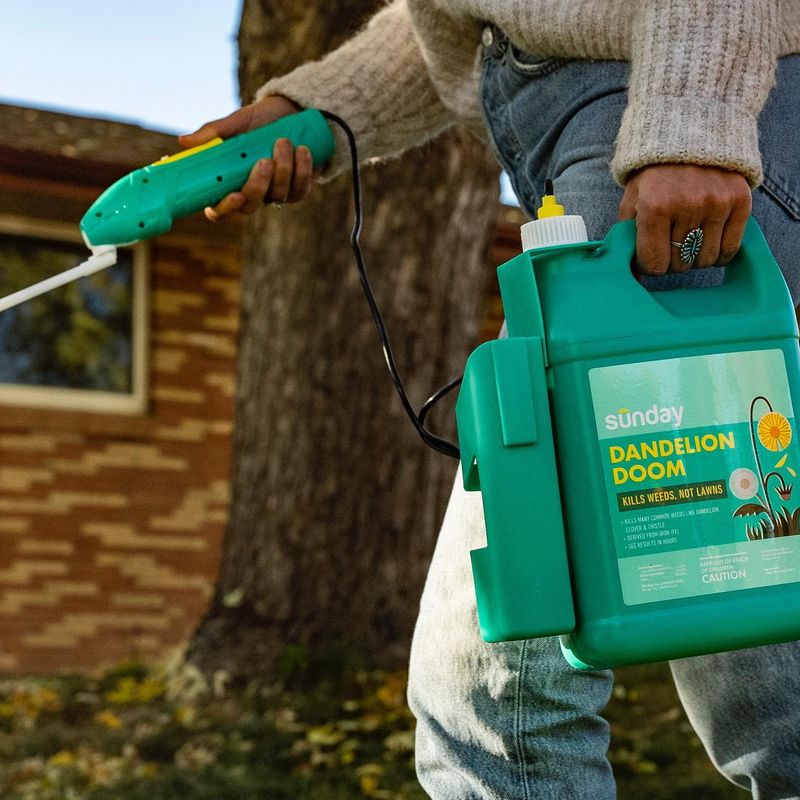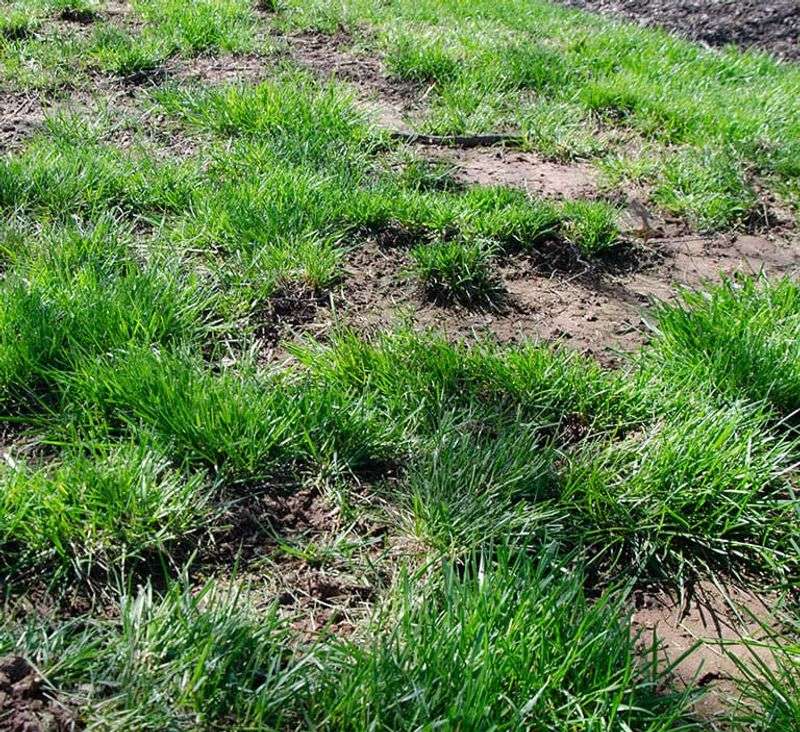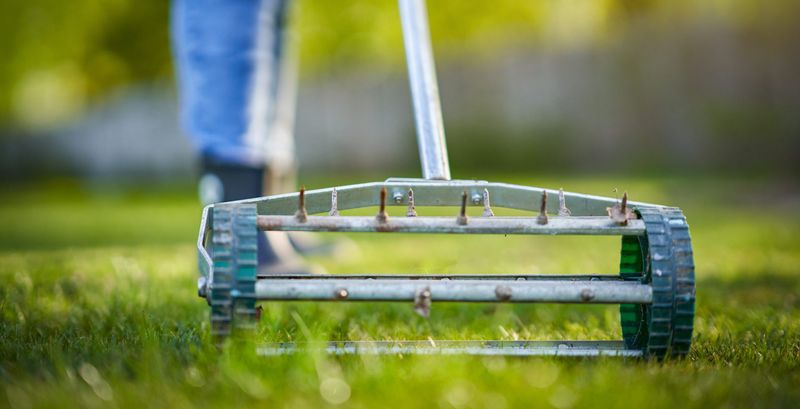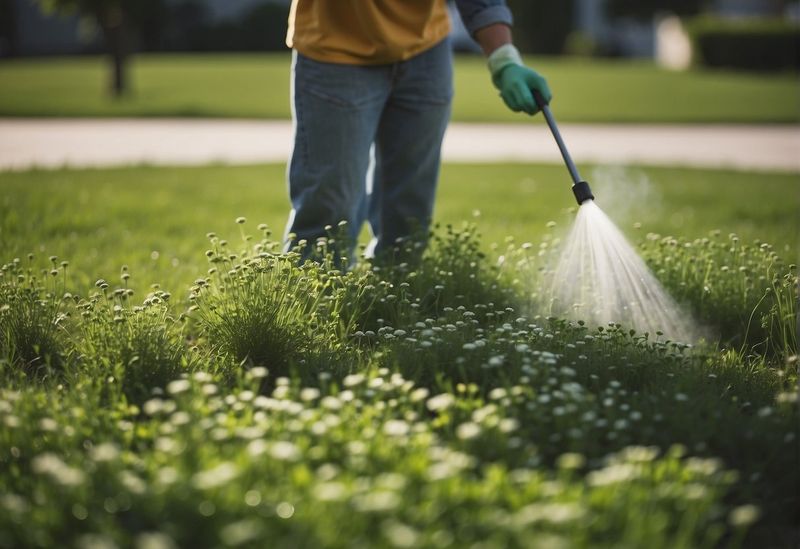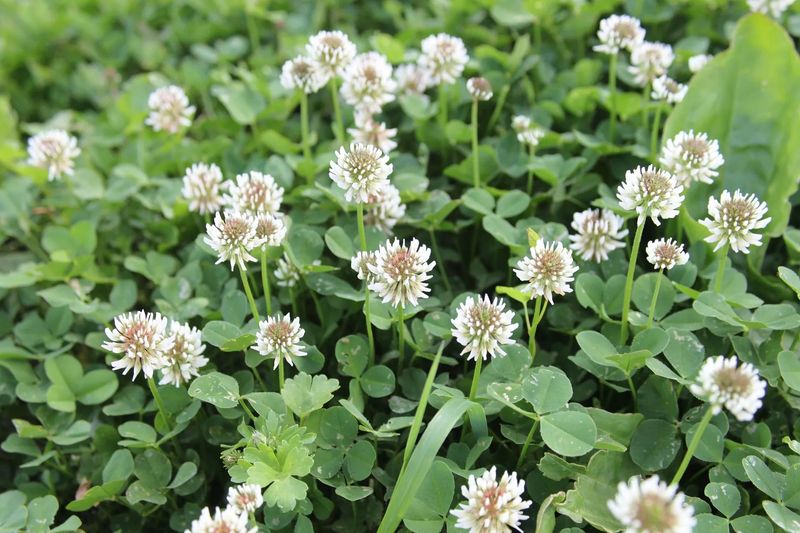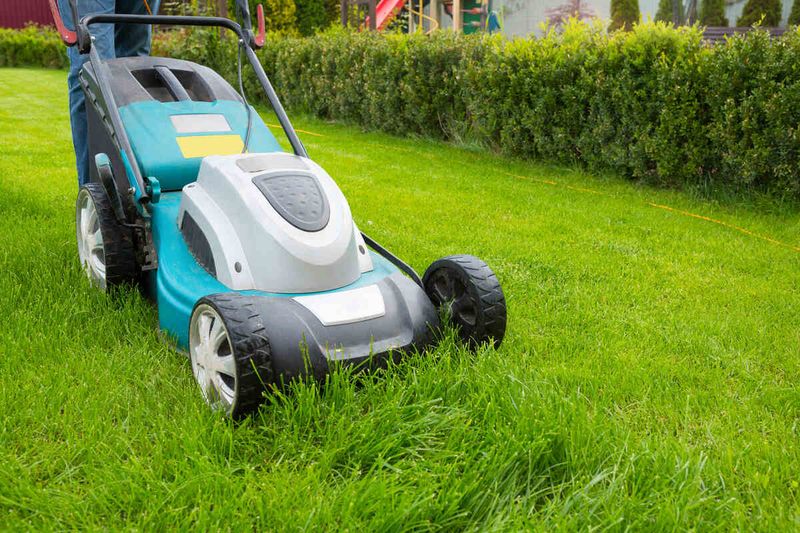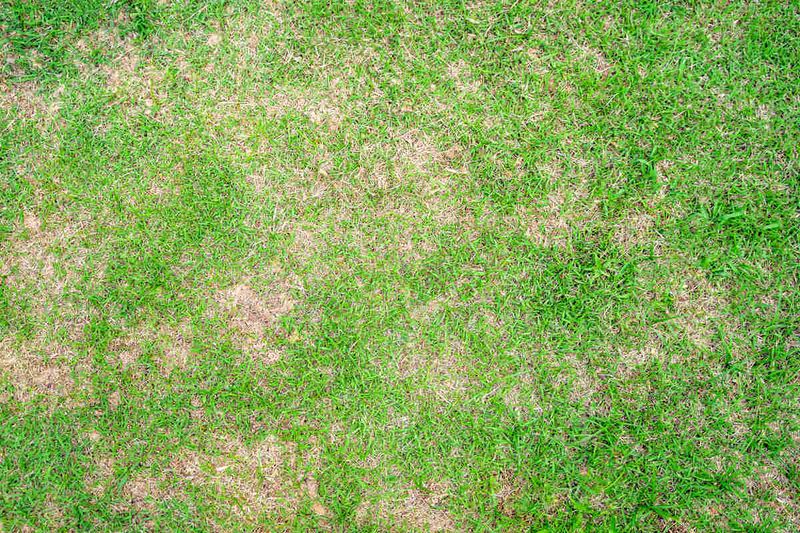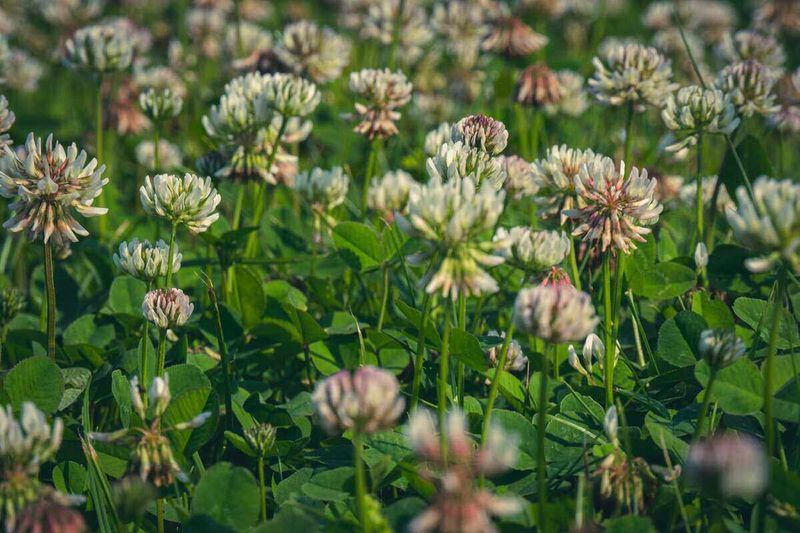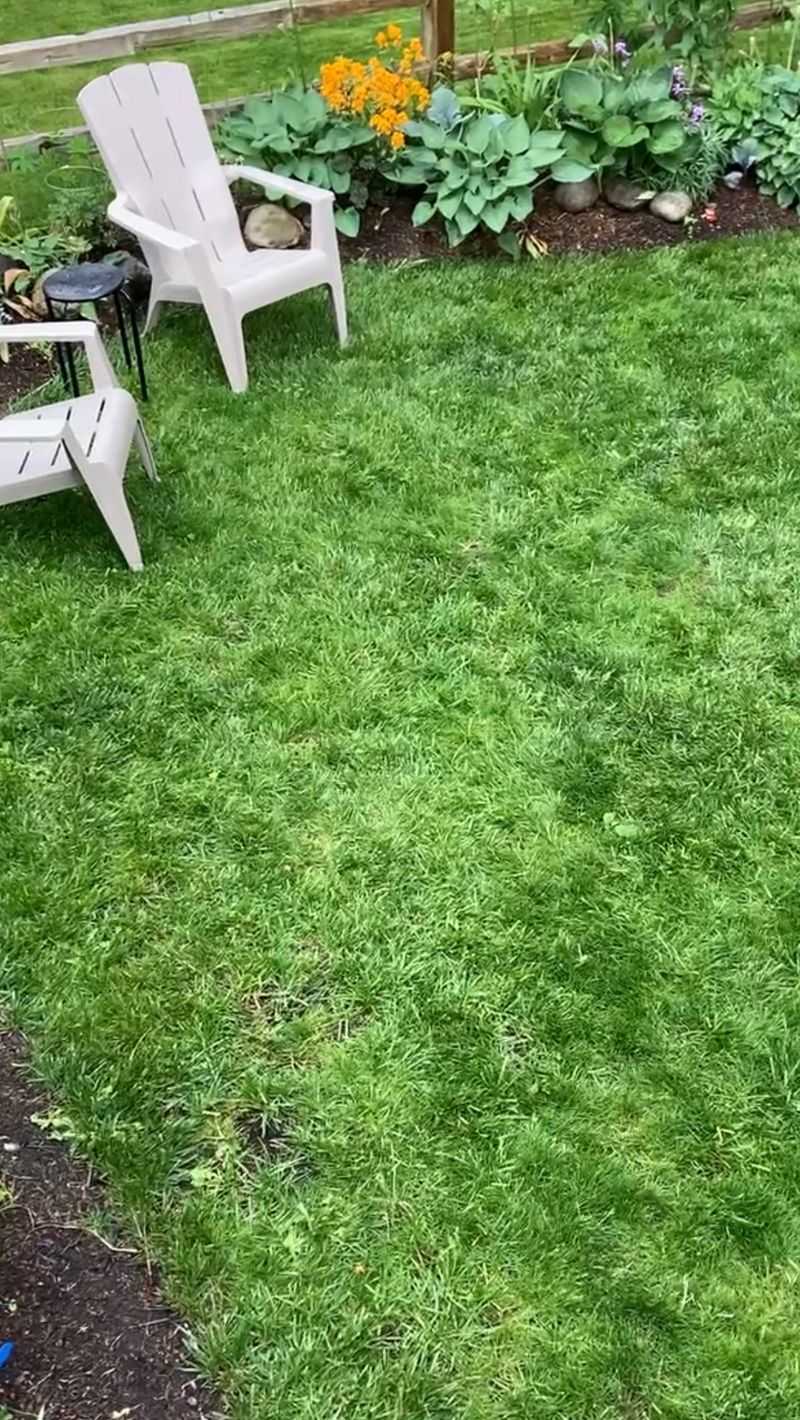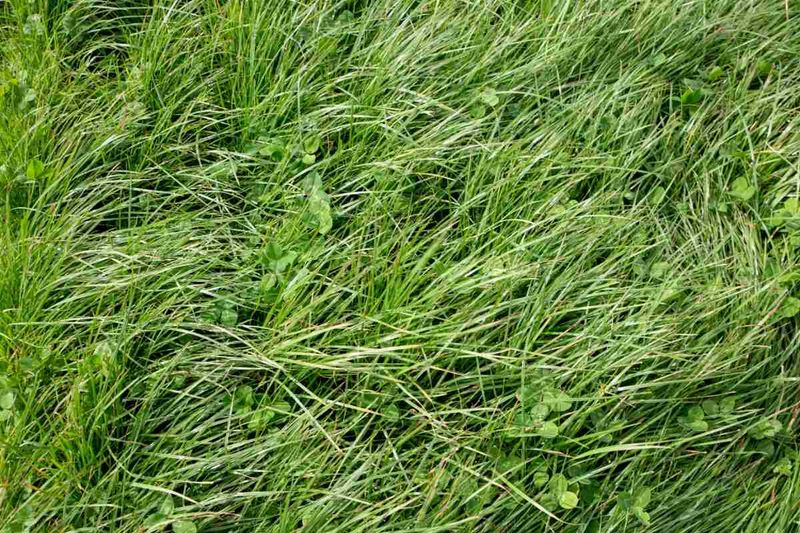Clover creeping in where it’s not welcome? You’re not alone. While some folks let it lie, most homeowners want that lush, uniform lawn without patches of rogue green. If clover’s making itself at home in your yard, it’s time to nip it in the bud.
From pulling it up by the roots to avoiding the common traps that make it spread like wildfire, these tips will help you take back your turf—once and for all.
1. Boost Your Lawn’s Nitrogen Levels
Clover thrives in soil with low nitrogen levels, which gives it a competitive edge over grass. Adding nitrogen-rich fertilizer to your lawn creates conditions where grass can outcompete clover naturally.
Look for fertilizers with a high first number in the NPK ratio (like 29-0-4) and apply according to package directions. Your grass will strengthen while the clover gradually weakens without access to bare soil and sunlight.
2. Pull Clover By Hand For Small Infestations
Manual removal works wonderfully for isolated clover patches. Grab the clover at its base, then pull slowly and firmly to extract the entire root system. The soil should be slightly damp—not soaking wet or bone dry—for best results.
Keep a bucket nearby to collect all removed plants and their roots. Regular inspection and pulling sessions every few weeks will gradually eliminate smaller clover problems without chemicals.
3. Apply Corn Gluten Meal As A Natural Pre-Emergent
Corn gluten meal offers an organic approach to preventing new clover. This natural byproduct of corn processing inhibits seed germination, stopping clover before it starts. Spread it at a rate of 20 pounds per 1,000 square feet of lawn.
Apply in early spring before clover seeds germinate. The bonus? Corn gluten also adds nitrogen to your soil, feeding your grass while preventing weeds. Just remember it won’t kill existing clover—only prevent new growth.
4. Use Vinegar Spray For Targeted Control
Household vinegar creates an effective spot treatment for stubborn clover patches. Mix one cup of white vinegar with a tablespoon of dish soap in a spray bottle. The soap helps the vinegar stick to the clover leaves instead of running off.
Spray directly on clover during a dry, sunny day for maximum effectiveness. Be careful—vinegar kills any plant it touches, including grass! Use cardboard shields around target areas to protect your lawn grass from overspray.
5. Mow Your Lawn Higher
Raising your mower blade gives grass a fighting chance against low-growing clover. Set your mower to cut at 3-4 inches high instead of the typical 2-inch setting many homeowners use.
Taller grass creates shade that blocks sunlight from reaching clover seedlings. The shade prevents clover seeds from germinating and weakens existing plants. As a bonus, taller grass develops deeper root systems, making your entire lawn more drought-resistant and naturally healthier.
6. Apply Selective Herbicides As A Last Resort
When natural methods fall short, broadleaf herbicides containing triclopyr or 2,4-D target clover while sparing your grass. Always choose products specifically labeled for clover control on lawns.
Apply on a calm day when no rain is expected for at least 24 hours. Wear protective clothing and follow all label instructions precisely. Most selective herbicides require 2-3 weeks to show full results, so be patient before judging effectiveness.
7. Overseed Bare Patches After Clover Removal
Nature abhors a vacuum, and your lawn is no exception. After removing clover, quickly fill bare spots with grass seed to prevent new weeds from establishing. Rake the area lightly to expose soil, then spread grass seed appropriate for your climate and sun conditions.
Cover with a thin layer of compost or topsoil and water lightly twice daily until established. New grass seedlings will claim the territory before clover has a chance to return, breaking the cycle of infestation.
8. Improve Soil Drainage To Discourage Clover
Clover often indicates compacted soil with poor drainage. Aerating your lawn creates channels for water, air, and nutrients to reach grass roots while reducing conditions that favor clover growth.
Rent a core aerator or use a manual aerating tool to remove small plugs of soil throughout your lawn. Follow by top-dressing with compost. Spring and fall are ideal times for this treatment, which gradually improves soil structure and tilts the balance toward grass dominance.
9. Correct Your Soil’s pH Balance
Clover thrives in slightly acidic to neutral soils while many grass varieties prefer slightly acidic conditions. Testing your soil reveals whether pH adjustments could help discourage clover.
If your soil is too alkaline (above 7.0), adding elemental sulfur gradually lowers pH. For soils below 6.0, lime applications raise pH to ideal grass-growing range. Proper pH balance gives your lawn grass the competitive edge it needs to naturally suppress clover invasion.
10. Use Organic Clover Suppressants
Organic options like chelated iron products target broadleaf weeds including clover without harsh chemicals. These products cause clover leaves to blacken and die while grass remains unaffected.
Apply according to package directions, typically as a spray on a calm day. Results appear within hours as clover leaves darken. Multiple applications may be necessary for complete control, but these products offer an environmentally friendly alternative to conventional herbicides.
11. MISTAKE: Scalping Your Lawn Too Short
Cutting grass extremely short might seem efficient, but it actually creates ideal conditions for clover invasion. Short grass allows more sunlight to reach the soil surface, which clover seeds need to germinate.
Low mowing also stresses grass plants, weakening their ability to compete with clover. When grass struggles with shallow roots and limited leaf surface for photosynthesis, clover quickly gains ground. Maintain proper mowing height to keep your lawn naturally resistant.
12. MISTAKE: Overwatering Your Lawn
Frequent shallow watering encourages clover growth while weakening grass. Clover’s shallow root system thrives with surface moisture, while grass needs deep watering to develop strong roots.
Switch to watering deeply but less frequently—about 1 inch of water once or twice weekly. This encourages grass roots to grow deeper, increasing drought resistance and vigor. Your lawn will develop the strength to naturally outcompete clover when watered properly.
13. MISTAKE: Ignoring Soil Compaction
Compacted soil creates a paradise for clover while suffocating grass roots. When soil particles press tightly together, grass struggles to establish deep roots, but clover’s adaptable root system manages just fine.
Test for compaction by trying to push a screwdriver into your lawn. If it’s difficult to penetrate, your soil needs aeration. Regular aeration every 1-2 years breaks up compaction, allowing grass roots to access oxygen, water, and nutrients that help them outcompete clover.
14. MISTAKE: Applying The Wrong Fertilizer
Using phosphorus-heavy fertilizers can inadvertently feed clover while doing little for your grass. Clover fixes its own nitrogen but benefits from phosphorus, often represented by the middle number in fertilizer ratios (like 10-20-10).
Choose nitrogen-dominant fertilizers with lower phosphorus content for clover control. Many areas now restrict phosphorus use on established lawns anyway. Soil testing helps determine exactly which nutrients your lawn needs for optimal grass growth and natural clover suppression.
15. MISTAKE: Inconsistent Lawn Maintenance
Sporadic lawn care creates openings for clover establishment. When you skip mowing sessions, allow thatch buildup, or neglect seasonal lawn treatments, you’re essentially rolling out the welcome mat for clover.
Establish a consistent maintenance schedule including regular mowing, seasonal fertilization, and periodic dethatching. A well-maintained lawn naturally resists weed invasion through thick, healthy growth. Your consistency creates a lawn ecosystem where grass dominates and clover struggles to gain a foothold.

